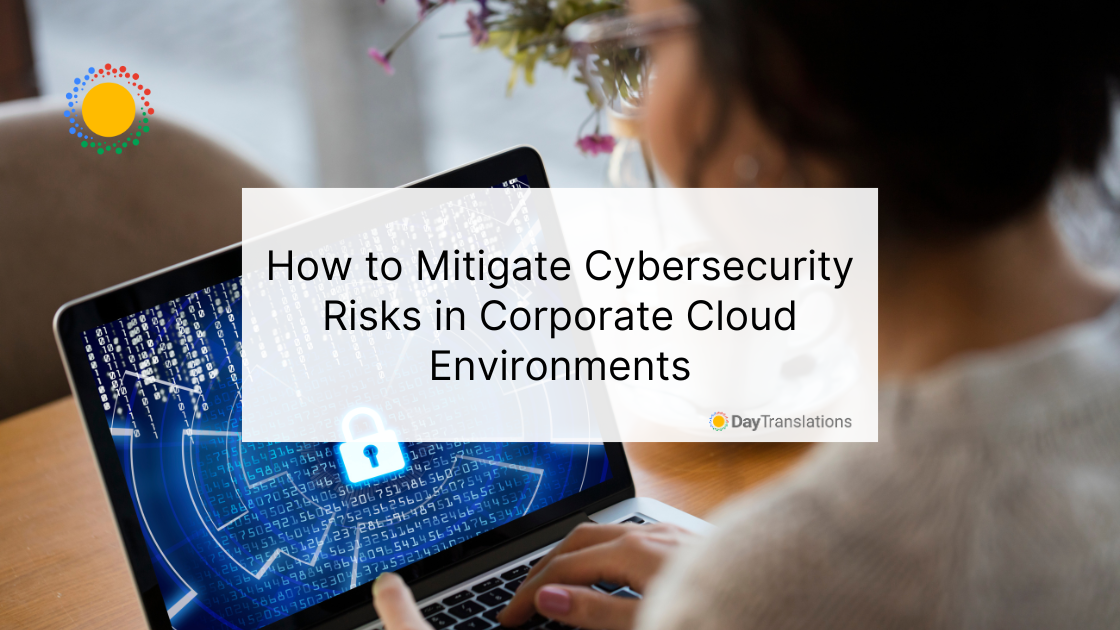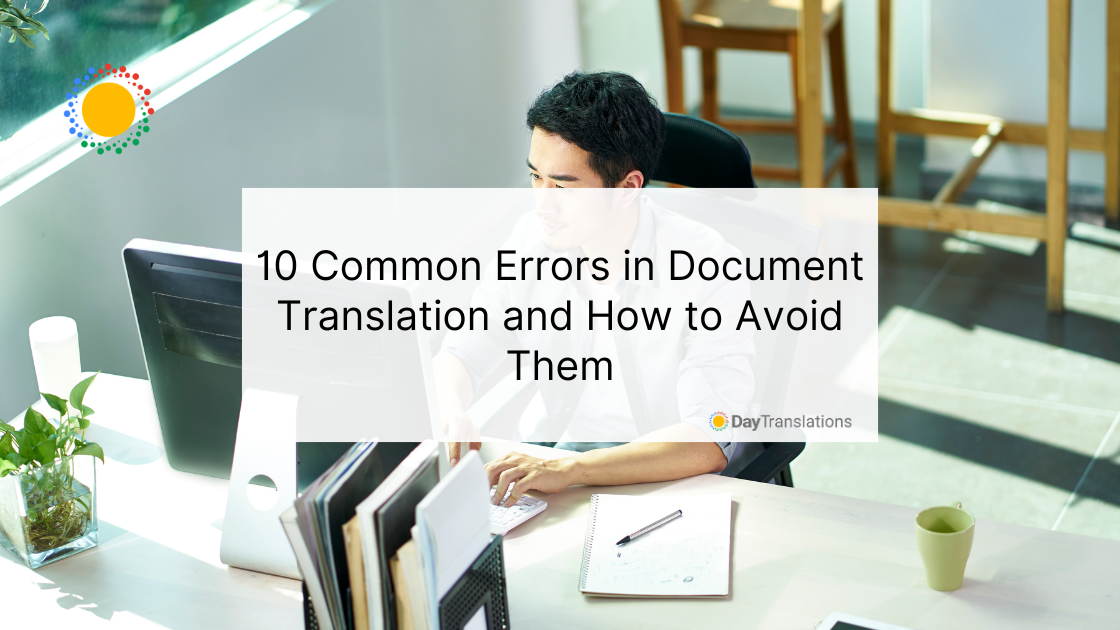According to the 2023 report from Unit 42, 80% of security exposures exist in cloud environments, compared to 20% in on-premises ones. One of the main reasons for this discrepancy is a cloud environment’s dynamic nature. On average, companies change more than 20% of externally accessible cloud services monthly, creating new cybersecurity risks. However, companies can mitigate cybersecurity risks by taking proper measures in advance. This article outlines three key cloud security practices that companies can implement themselves or assisted by third-party providers of cloud services.
The Most Common Cloud Security Exposures
According to Unit 42’s report, security misconfiguration is among the most common and easy-to-target security exposures in the cloud. Incorrectly configured permissions for cloud services, default passwords, and improper use of cloud security features make corporate IT ecosystems vulnerable to various attacks.
The second most common vulnerability type is related to shadow IT, or all digital tools used by employees without approval from corporate security staff. According to Gartner, in 2022, 41% of employees purchased or modified at least one technology without their security teams’ permission. By 2027, this figure is forecasted to grow up to 75%.
What is more, each employee is a potential entry point for hackers targeting a company’s data stored in the cloud. As of Q3 2022, 46% of companies were affected by social engineering attacks (such as baiting, tailgating, and phishing) as per the report by Positive Technologies.
3 Tips to Secure a Corporate Cloud Environment and Mitigate Cybersecurity Risks
1. Conduct Regular Audits
A company cannot guarantee the security of its cloud environment without a clear view of the potential attack surface. This is why comprehensive audits and reviews of cloud assets (services, virtual machines, containers, etc.) are essential security activities. Security teams can start by checking firewalls and SIEM logs to identify all assets, including hidden ones.
Firewalls can provide information about network traffic, including data on each connection attempt, source and destination IP addresses, etc. SIEM logs, in turn, contain data about endpoints (smartphones, laptops etc.) and software installed and used by employees and can highlight connections between events in different parts of the network. Additionally, security specialists can consult a corporate finance department to obtain data on cloud assets spending and determine cloud resources in use.
Security specialists should review the identified cloud assets and determine their associated risks as a next step. Those assets that are considered relatively safe can be included in the list of resources approved for the employees’ usage. However, since even approved assets can be hacked and compromised, they should still be monitored continuously.
2. Automate Cloud Security Management
Manual security management at a company’s scale is too time-consuming and labor-intensive, so IT companies should adopt modern security tools to automate this task and enable real-time vulnerability detection.
For example, a company using AWS can apply tools such as Amazon Inspector to scan AWS workloads continuously. Additionally, implementing a comprehensive AWS backup strategy is crucial. In turn, Oracle Cloud users can implement a Vulnerability Scanning Service that detects vulnerable and misconfigured resources in real-time.
In case you have a hybrid cloud setup, you will need an observability tool that provides comprehensive cloud visibility and threat scanning. It’s an example of how even complex and multifaceted configurations can be adequately monitored and secured against threats, without needing to be constantly tended to by human experts carrying out painstaking manual methods to deflect cyber attacks.
Also, data loss prevention technology (DLP) can help security teams detect and prevent any attempts to transfer corporate data to unauthorized cloud storage. All major cloud providers like Azure, Oracle, and AWS provide such functionality, but alternatively, a company can implement DLP software from Trellix, Nightfall, or GTB.
Additionally, companies can automate configuration controls to address misconfigurations more efficiently. AWS users, for instance, can implement AWS Config and AWS OpsWorks tools. The former allows identifying and remediating unconfigured resources automatically based on predefined rules, while the latter helps automate the deployment and configuration of servers across Amazon EC2 instances.
3. Conduct Employee Training
Even the most powerful security tools can’t be efficient if employees have poor cloud security awareness and unknowingly create security risks for an entire cloud environment.
To prevent this, companies should educate their employees on security measures, including those who work remotely. While 74% of remote workers have access to critical corporate data, 33% of companies don’t provide them with any cybersecurity training, as highlighted by Hornetsecurity’s 2023 survey.
Since even one weak password can allow hackers to penetrate a corporate cloud environment, reminding employees to create complex and lengthy passwords is essential. You can use an enterprise password manager to securely store and manage your passwords without incurring any costs. In addition, companies should educate employees on the main types of social engineering attacks and how to identify and counter them.
To provide systematic security training, companies can implement learning management systems (LMS) to smoothly deliver learning content to employees and monitor their progress and the overall level of cloud security awareness.
Final Thoughts
More and more companies are moving their workloads to the cloud, opting for the flexibility provided by this technology. Unfortunately, this flexibility, which allows companies to introduce new and replace existing cloud services continuously, poses multiple cybersecurity risks.
It is possible to mitigate cybersecurity risks by implementing and following the right cloud security practices. However, new vulnerabilities arise daily, so decision-makers should consider cloud security as an ongoing and never-ending process. To properly protect their cloud environments, companies must regularly review and update their security policies. Additionally, we recommend consulting cloud experts, as they can help identify more hidden cloud vulnerabilities.
Author Bio
This post was contributed by Itransition’s Technology Observer and Outreach Specialist Polina Galaganova.












Sorry, the comment form is closed at this time.